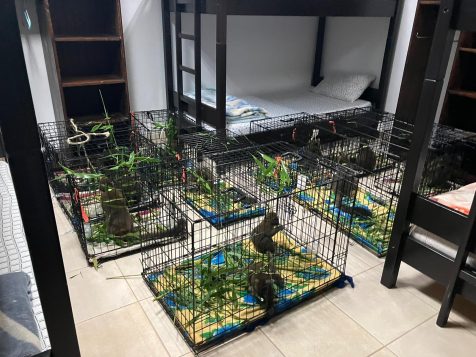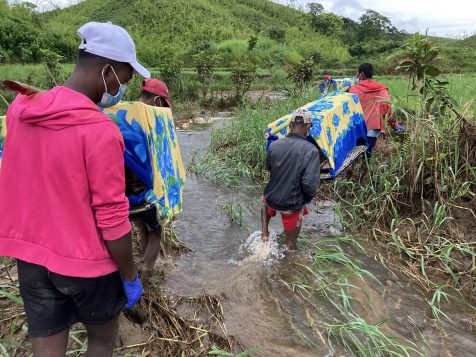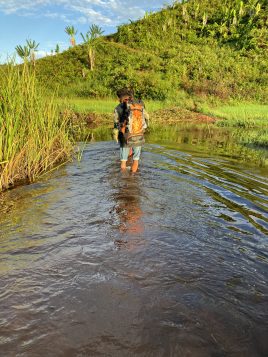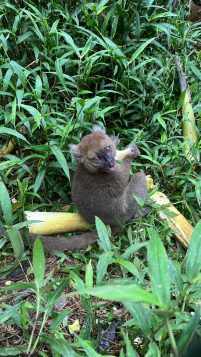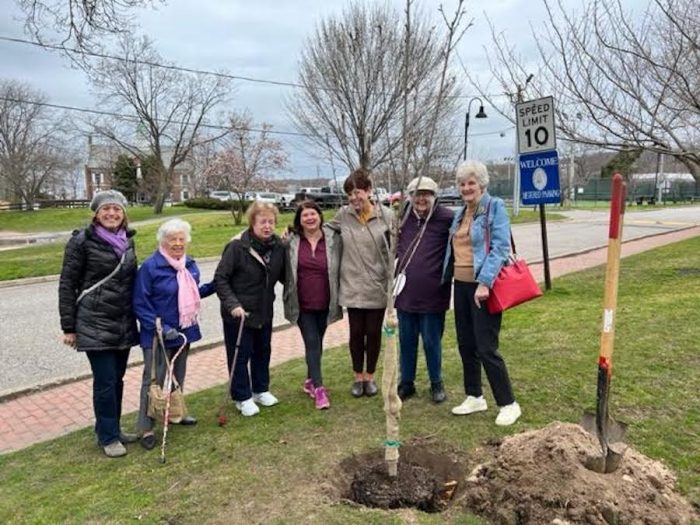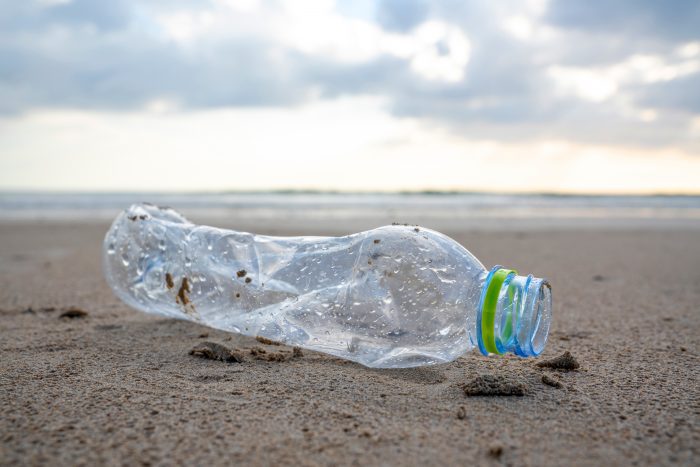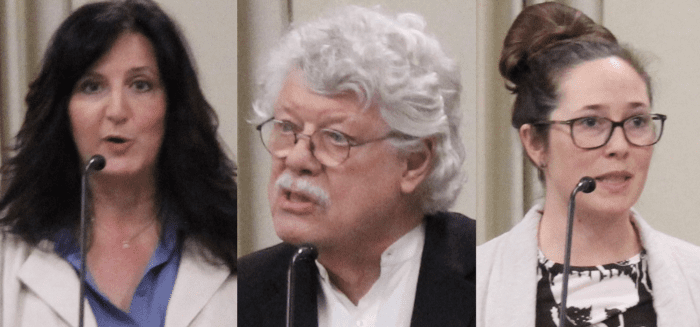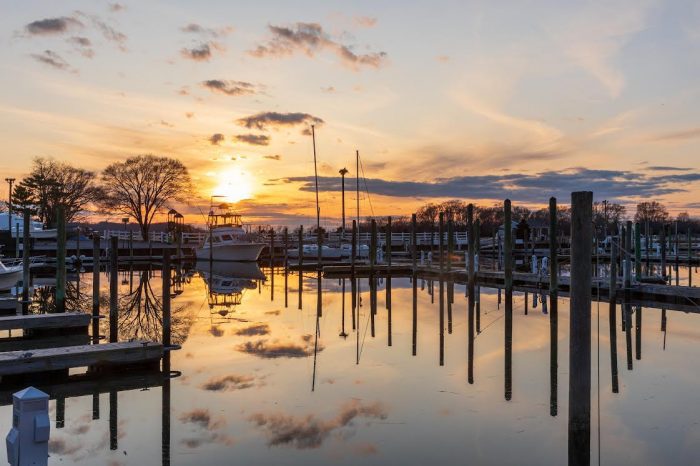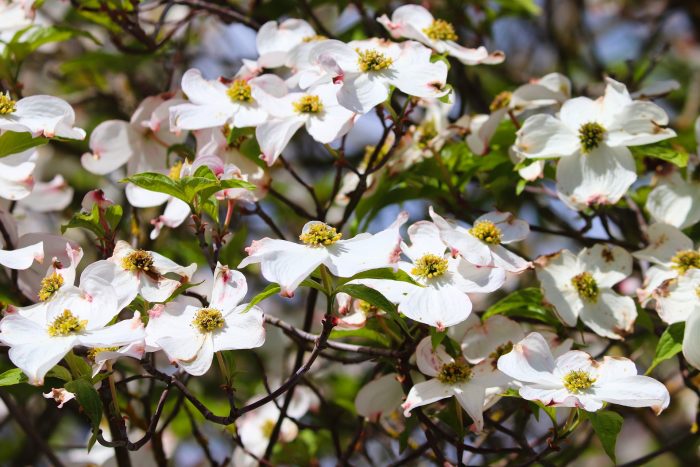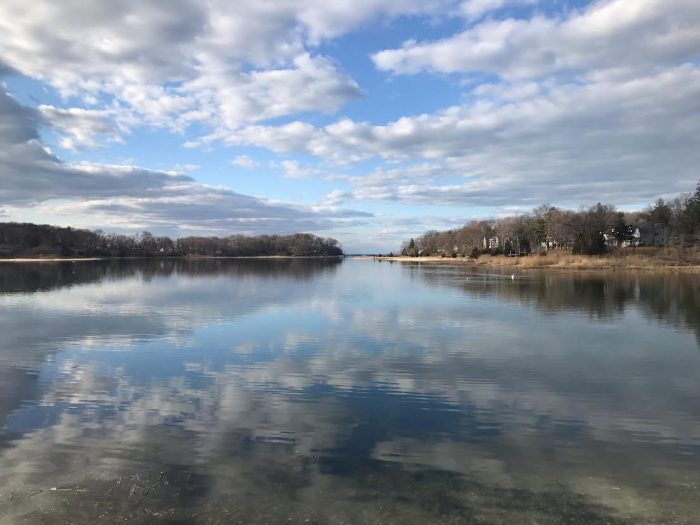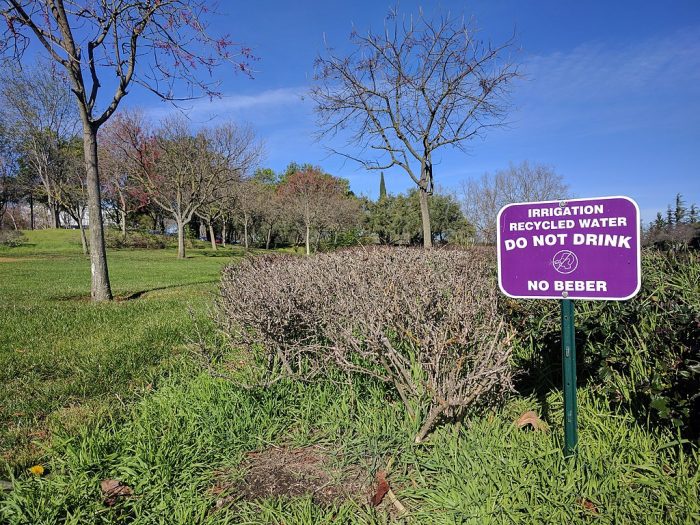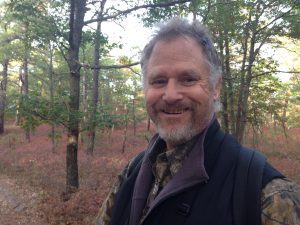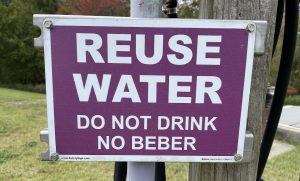By Daniel Dunaief

Photo by Sam Levitan, Sam Levitan Photography
Patricia Wright isn’t getting much sleep these days.
Distinguished Professor in Anthropology at Stony Brook University, Wright recently orchestrated the translocation of 10 critically endangered greater bamboo lemurs to Ranomafana National Park, a park in Madagascar that she helped create and which has been named a UNESCO World Heritage Site.
The conservation effort, which Wright had been working on since 2014, is designed to lower the risk that this particular lemur, which weighs about six pounds and has grey brown fur and white ear tufts, will go extinct.
Short on bamboo, which, as their name suggests, is their primary food source, greater bamboo lemurs, which are down to as few as 1,000 individuals, have been eating manioc and raiding farmer’s rice paddies. The people who farm these crops have hunted the greater bamboo lemur and used slingshots to hurl stones at them.
The lemurs “think the rice is perfectly great,” said Wright. Some of the Malagasy people have injured or killed these lemurs. Two of the translocated lemurs have eye injuries.
Wright, who is teaching at Stony Brook this spring, applied for permits from a number of government officials to get the effort approved.
From Stony Brook, she has been managing the care of these lemurs, often long after she might otherwise be asleep. During an acclimation period, the lemurs live, eat and interact in a large cage near the research station Centre ValBio and will be released into the wild within the next few weeks.
“I’m up every night texting,” Wright said. “When anything comes up, I give my advice.”
She said the process of watching these lemurs from afar is akin to those early days of parenting.
“You drift off, sleep for a couple of hours then you have to wake up and answer this or that problem,” said Wright, whose work with lemurs has won her numerous awards, including the Indianapolis Zoo Prize.
Bamboo chefs
Wright has considerable help in working with and protecting the greater bamboo lemurs. While the rare lemurs are guests at Centre ValBio (CVB), about a dozen people are working with them each day, with five people going out daily to collect bamboo to feed them.
When the lemurs first arrived, they fought at night. The caretakers discovered that these primates were searching for food. By providing more bamboo, the staff at CVB ended the evening conflicts.
Johanna Mitra, a recent Stony Brook University graduate and the Communications Officer at CVB, attended the capture of these lemurs and has had the opportunity to observe them interacting in the cage.
She watched as an adult lemur sat facing two juveniles. The adult pulled up the bamboo shoot and the three of them took turns gnawing on it. After eating for about half an hour, the juveniles cuddled with the adult females.
Collaboration efforts
In addition to relying on her past experience working with primates at Duke University in the 1980’s and 1990’s, Wright collaborated with Dr. Mónica Ramírez, IUCN Species Survival Commission-Specialist, who is an expert in the relocation of woolly monkeys in Colombia.
Ramírez urged Wright to transport the monkeys in separate cages to reduce stress and overcrowding during the journey. Ramírez also wanted to ensure that the monkeys could see and hear each other. She recommended constant monitoring during transport. Stress could reduce how much food they ate.
Despite the lengthy journey, the lemurs traveled comfortably and ate along the way. Ramírez said that translocations can and often are emotionally taxing for conservationists.
“When I started working with translocations, it was so difficult for me to maintain calm because there are many factors that one cannot control, mainly after the release,” she explained. “We do our best to guarantee the welfare of the individuals and the people involved.”
Bigger picture
In addition to the satisfaction of preventing a species on the brink of elimination from disappearing, Wright suggested that saving these lemurs could have numerous benefits. For one thing, these lemurs eat large quantities of bamboo, which contains cyanide. Such bamboo would be toxic to human systems. Learning how these animals tolerate and remove such a dangerous element could prove helpful.
Guides in Madagascar involved with the bio-tourism effort also appealed to Wright to save this species, which has unusual vocalizations that vary according to their circumstance. “It’s an important tourist attraction,” Wright said.
Questions on release
When Wright and her team release these translocated lemurs back into the wild, they recognize the enormous number of unknowns.
Predators such as fossa (pronounced “foo sah), hawks and eagles hunt lemurs. Fossa, which is a relative of the mongoose, hunt cooperatively.
Wright hopes the translocated lemurs “understand what a predator is” and take steps to stay alive.
Even before the release of these lemurs, Ranomafana National Park is home to one adult female greater bamboo lemur named Simone, who joined a social group with the golden bamboo lemur, which is half her size.
Wright doesn’t know how Simone, who grooms golden bamboo lemurs but doesn’t receive grooming from them in return, will react to her own species. “What happens when she finds out her own species are in the neighborhood?” Wright asked. “It’s going to be very exciting.”
She might encourage her new lemur family to attack or might ditch her adopted social group for the well-traveled members of her own species.
Ramirez suggested that recruiting and educating the public in conservation would increase the likelihood of its success.
“Involving the community in the project is essential to guarantee the security of both the people and the animals,” she said.

